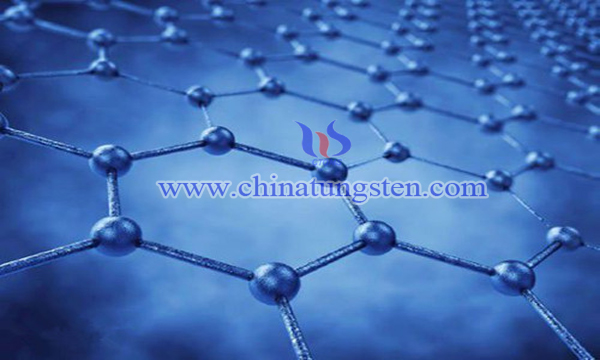Preparation of Bismuth Tungstate Thin Films by Magnetron Sputtering
- Details
- Category: Tungsten Information
- Published on Wednesday, 07 March 2018 20:37
Bismuth tungstate (Bi2WO6) as a kind of material with narrow band gap photocatalyst response to visible light and visible light catalytic activities. The band gap is only about 2.7eV, under visible light can be chloroform, acetaldehyde and other harmful substances mineralization, decomposed into harmless gas CO2. Bismuth tungstate photocatalyst has the advantages of excellent UV and visible light response, stable photocatalytic performance and good thermal stability, and has low cost and friendly environment. It is an ideal photocatalytic material.

The photocatalytic nano materials are widely used in environmental protection, can make many pollutants difficult to deal with the complete decomposition, using adsorption carrier to low concentration of harmful substances can be concentrated at the same time, photochemical oxidation degradation, reduced enzyme activity in bacteria, bactericidal effect is prominent. However, nano scale photocatalytic materials are easy to be reunited, difficult to recover and easy to be poisoned in environmental applications. Therefore, it is necessary to adopt certain means to immobilized bismuth tungstate photocatalyst to reduce the loss and improve the performance of recycling and reusing.
The preparation of bismuth tungstate thin film is a good scheme. Some scholars have used the magnetron sputtering method to obtain bismuth tungstate film. The program process is as follows:
Magnetron Sputtering Target Material Preparation: The bismuth tungstate powder prepared above was pressed under a pressure of 20MPa using a dry-pressing method to obtain a briquette (diameter of about 56mm, a thickness of 5mm), the pressed billet Sintered in an argon-protected atmosphere at 800 ℃ for 2h to prepare a pellet target for magnetron sputtering;
Magnetron sputtering coating: The quartz glass is cleaned by distilled water, acetone and ethanol after ultrasonic cleaning. After 30min, the treated quartz glass is placed in the magnetron sputtering chamber, and the bismuth tungstate thin film is sputtered on the quartz glass substrate by magnetron sputtering. Wherein, the distance between the target and the substrate is 9.5 cm, the substrate temperature is normal temperature, the vacuum degree of the magnetron sputtering chamber is less than or equal to 2.0 × 10 -3 Pa, the working gas is argon and the sputtering pressure is 1.0 Pa, using RF sputtering method, sputtering power of 180W, after 10min of sputtering, a bismuth tungstate photocatalytic film was obtained, the film thickness of 110nm.
Preparation of bismuth tungstate thin film photocatalytic material by magnetron sputtering, simple process, good repeatability, high efficiency and low cost; the bismuth tungstate photocatalytic materials prepared by magnetron sputtering target made after the process of film, the prepared films were of high purity, uniform thickness. It has good compactness, excellent visible light photocatalytic performance and wide application. It has strong practical value and application prospect in pollution control, radiation treatment, bacteria elimination and antivirus.
- Tungsten Oxide Manufacturer & Supplier, Chinatungsten Online: www.tungsten-oxide.com
- Tungsten News & Prices of China Tungsten Industry Association: www.ctia.com.cn
- Molybdenum News & Price: news.molybdenum.com.cn
- Tel.: 86 592 5129696; Fax: 86 592 5129797; Email: sales@chinatungsten.com



 sales@chinatungsten.com
sales@chinatungsten.com